Svalbard: Kingdom of the Bears
From Tromso, I flew to Longyearbyen, the main settlement on Spitzbergen, the main island in the Svalbard archipelago in the north of Norway. The furthest north I’ve ever been. (It is so far north that if you want to see the northern lights you have to look south).
It was approaching winter, so the sun had disappeared and wouldn’t be back for 3 months.
1.30 in the afternoon in Longyearbyen’s main street.
Experiencing a day without any sun is an odd thing. In some ways it is a simple thing – everyone knows what night is like, but your brain keeps telling you something is wrong when it is so dark in the afternoon. There were a couple of hours of twilight from around 11 in the morning, but otherwise it was pitch black the entire time I was there.
I was surprised that many of the people I spoke to that lived in Svalbard said they preferred the winter to the summer. They liked the darkness and the sense of peace. After I left Svalbard, I found myself missing the darkness. I’m not sure how I would cope with 3 months with no sun, though.
Although it is part of Norway, Svalbard lies outside Norway’s immigration zone, which means you have to go through passport control when flying out of Svalbard back to the mainland. Anyone can live and work in Norway (you don’t need a visa), as long as you can support yourself. It is not a place for everyone though – fewer than 3000 people live on the island and almost 50% of them have been living there for less than 3 years (people don’t tend to stay too long). There are a lot of people that work as tour guides for a couple of years.
Statistics Norway says
Of those living in the Norwegian settlements, 7 have been living at Svalbard since the 1960s, 32 since the 1970s (12 of them women) and 73 since the 1980s (28 of them women). These constitute a clear minority, only five per cent, of those living at Svalbard per 1 July. A total of 974 persons or 44 per cent have arrived since 1 January 2010… Fifty-two per cent of the foreign citizens in the Norwegian settlements are women, and a third of these come from Thailand. Twenty per cent of those living in the Norwegian settlements are foreign nationals.
One Thai woman I spoke to said her family lived in Norway, but she couldn’t get a residency visa, so she lived in Svalbard, because that was close to her family.
Svalbard is famous for being home to polar bears. If you’ve read, Philip Pullman’s Northern Lights (Golden Compass) series, that’s where his armored bears live.
If you leave the settlement’s secure zone, someone in your group is required to bring a weapon with you. The tourist office pamphlet lists the Svalbard Rules of Common Sense.

But you’re not allowed to bring you guns in the supermarket.
Bears have killed people in the past, but they usually don’t come too close to the settlement. I didn’t see any bears.
I went for a hike up a glacier and the guide brought along a rifle. Fortunately we didn’t have to shoot anything.
We climbed down a ladder into an ice cave inside the glacier. Some parts were tall enough to stand in, other parts I had to crawl on my stomach to squeeze through the narrow tunnel, which reminded me of the vent scenes from Aliens.
I also visited the Global Seed Vault, an underground bunker designed to hold a collection of seeds from the world’s agriculture. In the event of a doomsday scenario, the vault is the place to go to restart humanity’s farms. You’re not allowed in the vault – usually there is no one inside at all – it is all automated and the seeds are kept in storage.
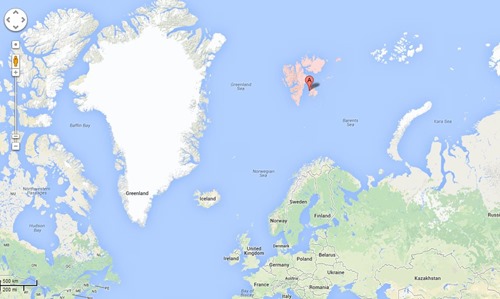
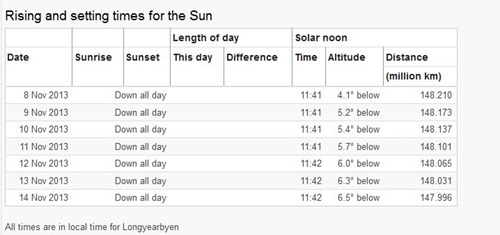
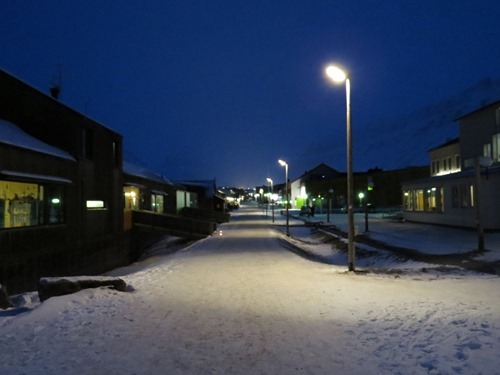
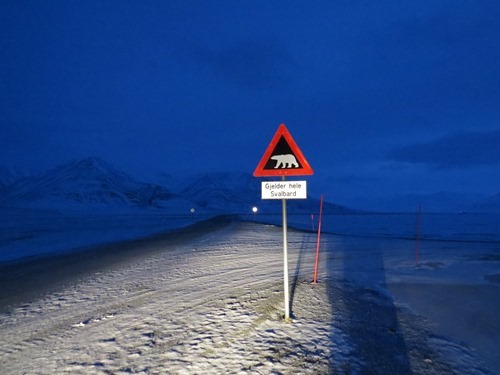
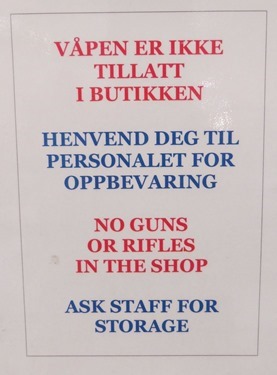
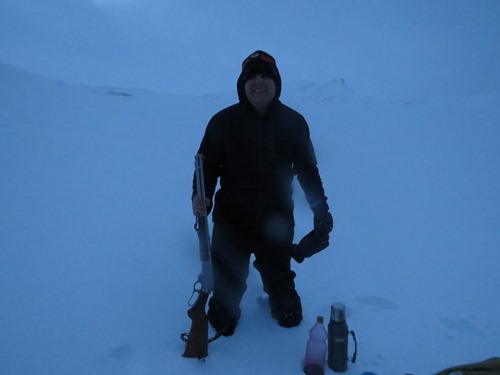
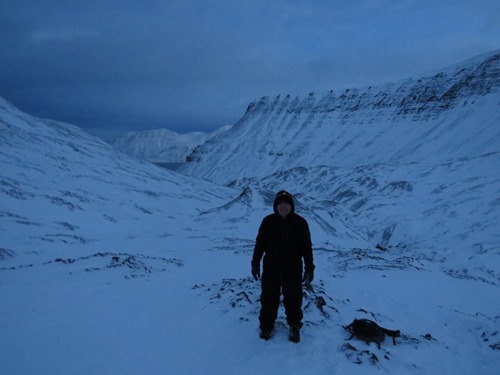
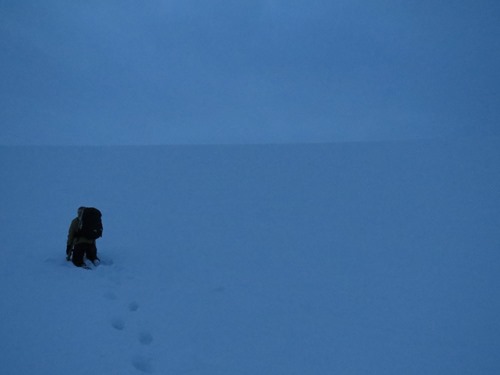
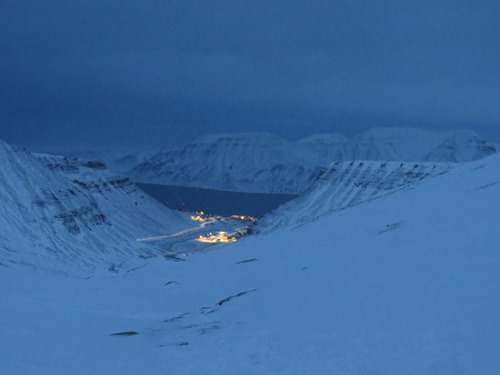
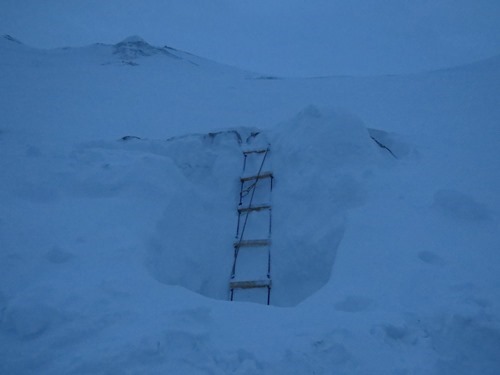
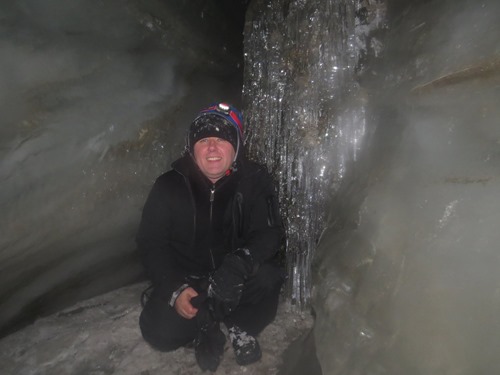
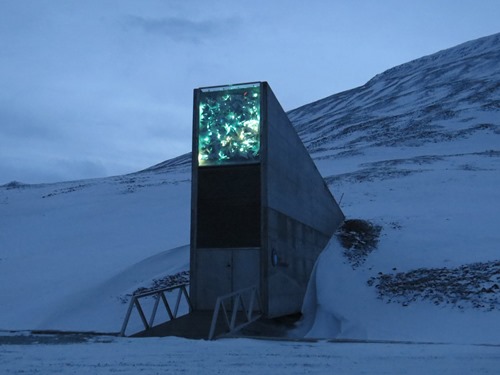
Amazing! I love the idea of three months of night, but maybe the idea is more pleasant than the reality.
Really great stuff Aidan. I’ve read about the global seed vault but I’m amazed nobody is guarding it or anything. The constant night would be a real experience!
I am sure it is guarded by deadly robots.
I never knew about this place until I took a glance at the map and saw a place I’ve never seen before so I was intrigued about it. I thought it would be unmentioned because I thought it might just be a desolate land of snow and ice. I didn’t know people inhabited it.